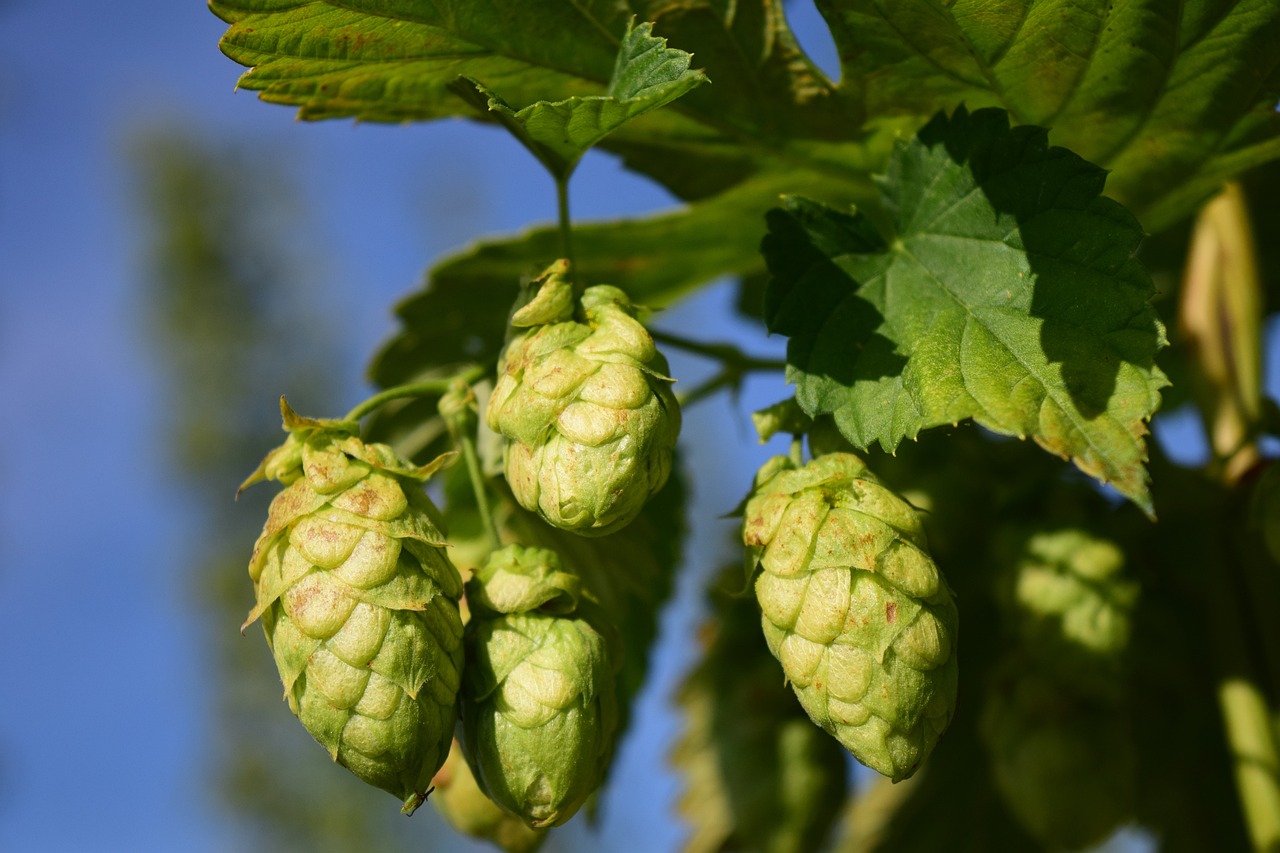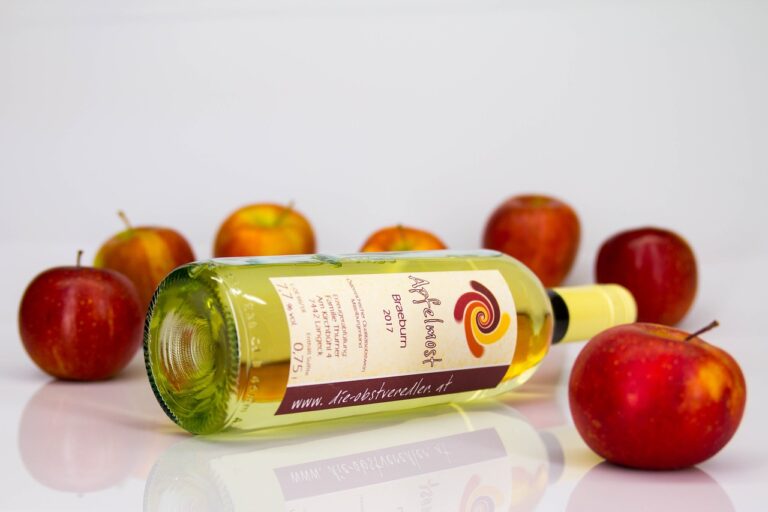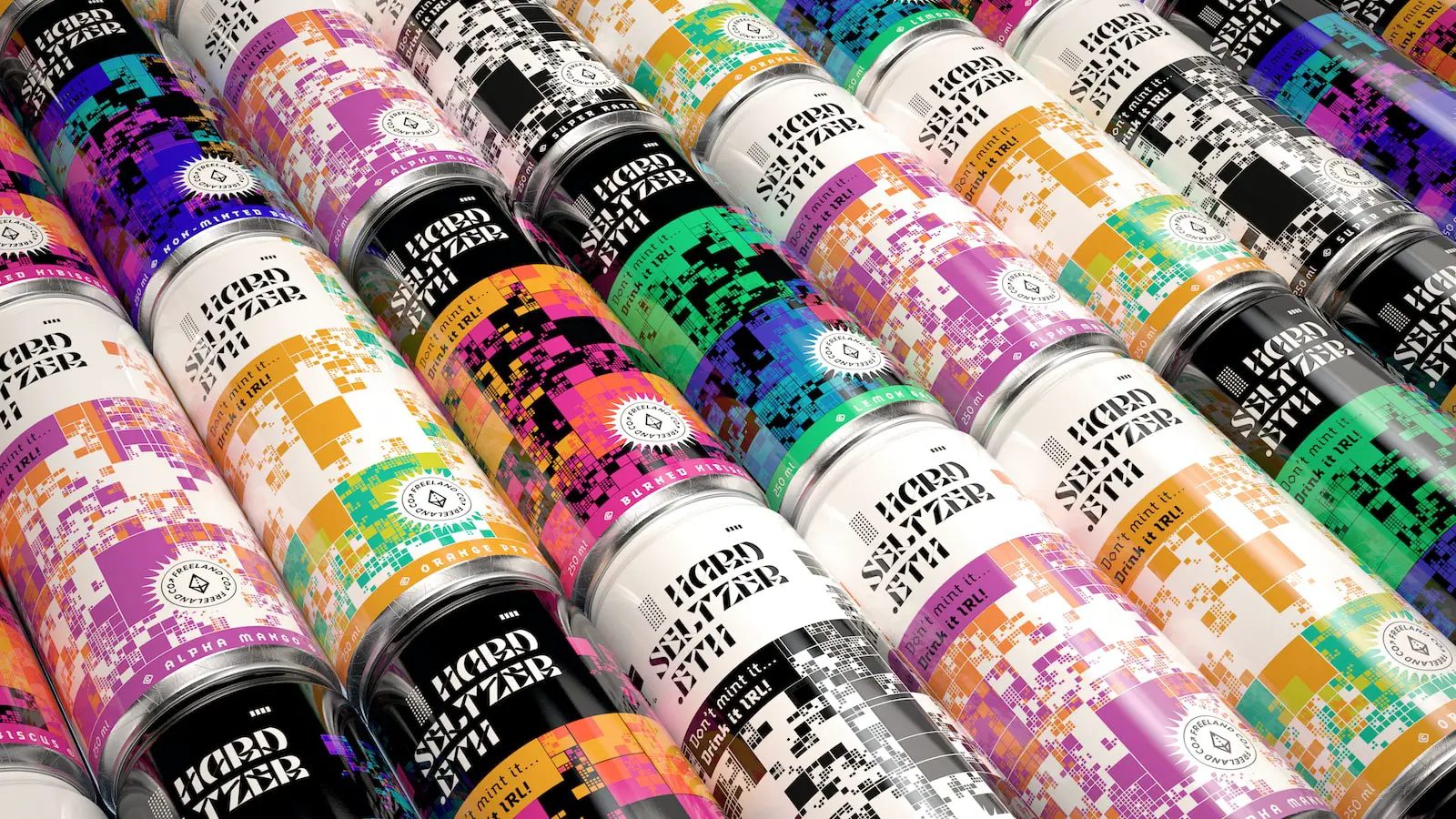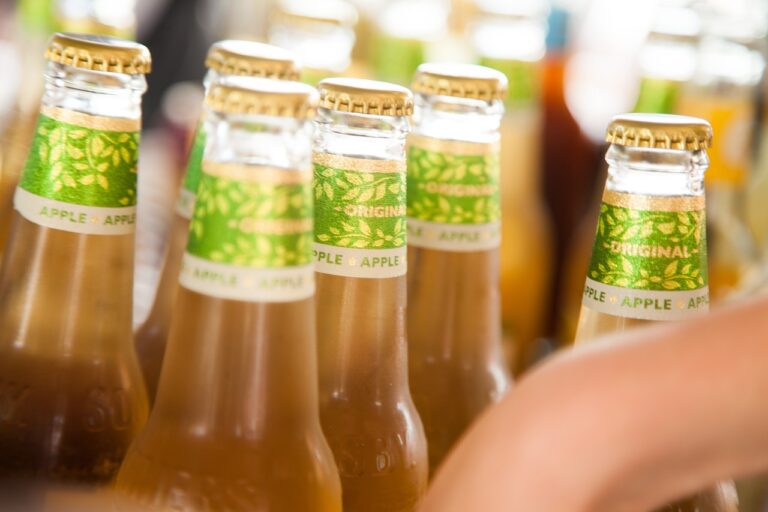Have you ever wondered if hops will come back every year when you plant them in your home garden?
It’s a common question for gardeners of all levels of experience, and it’s one that has a lot of people scratching their heads.
So, let’s take a closer look at the topic and break down what you need to know about growing hops in your own home garden.
What Are Hops?
If you’ve heard of hops, then you’re probably aware that they are used to produce beer.
But did you also know that hops are perennial plants?
In other words, they are designed to come back year after year in your garden.
But what exactly are hops and why should they come back every year?
Hops can be described as the female flower of Humulus lupulus.
They maintain a cone-like shape and have a strong aroma and flavor.
The scientific name Humulus lupulus means “wolf among weeds” because of their ability to take over an area quickly if not monitored properly.
It belongs to the Cannabinaceae family, which is made up of about 80 varieties of hops that can be found around the world.
Hops have many uses beyond being a main ingredient for beer.
For example, they aid in digestion, act as an anti-inflammatory, and help relieve stress and anxiety—all as a result of their natural chemical composition.
So now that we know what hops are, let’s find out why they should come back every year!
The Growing Cycle and Lifecycle of Hops
You may have heard that hops come back every year—but have you ever stopped to think about why? It all comes down to their lifecycle and the growing cycle.
Hops require a specific growing cycle to thrive, and a certain amount of time for the hop cones to mature.
In general, hops take 1 year to establish themselves in the ground and then yield their first crop in the second year.
Once this happens, they’ll continue to produce yearly harvests—if they are managed properly and cared for throughout the season.
Additionally, each variety of hops has its own lifecycle.
Depending on the type of hop cultivar, they may require anywhere from 4 to 8 months of cultivation before they can be harvested.
To ensure your hops will thrive into subsequent years, it’s important to routinely inspect them during this period for signs of disease or damage from pests.
Once grown and harvested successfully, the same plants can continue producing for more than 25 years!
That’s why it’s so important to set up a comprehensive maintenance plan that keeps your hops healthy now and in future seasons.
Do Hops Come Back Every Year?
The short answer is: it depends.
While hops are perennial, which means that in theory, they can come back every year, it all depends on how well you care for them.
Conditions
Because hop plants require a specific set of conditions to survive and thrive, you’ll need to make sure that the ground you plant them in has the right nutrients and pH balance.
Additionally, hops require direct sunlight for at least 6 to 8 hours per day, so you’ll want to plant them somewhere where they get plenty of sunlight.
Care
In addition to having the right conditions, you also need to provide your hops with good care throughout their lifespan.
This means regular pruning and training—which should be done in the fall—to encourage side shoots that will produce more cones the following year.
Additionally, throwing away old cones before winter will prevent overwintering pests from infesting your small farm and can help keep future crops healthy and productive.
Maintenance
Finally, maintenance is key when it comes to getting hops to come back year after year.
Aside from regular pruning and training that helps shape your hop bines into manageable bundles for harvesting time, you should also regularly mulch the bed with fertilizer and weed killers like Roundup or Bayer Advanced Complete Weed Killer for Lawns Plus Crabgrass Control—both of which control weeds without harming your hops plants.
Overall, if you take care of your hop plants in the right way with a combination of optimal conditions and good maintenance practices throughout their lifespan then there’s a good chance they will endure from year to year so that you can enjoy homegrown hops for years to come!
What to Consider When Planting Hops
When planting hops, there are a few important things to keep in mind.
Soil
The type of soil you use for your hop plants will determine the health and yield of your crop.
For example, sandy loam soils are a great choice for hops because they drain well, provide plenty of oxygen to the roots, and hold essential nutrients.
Climate
The climate where you live also affects how successful your hop crop will be.
It’s important to know what kind of hop varieties grow best in your region, as some varieties can’t tolerate extreme temperatures or low humidity levels.
Care and Maintenance
Once your hops are planted, caring for them correctly is essential to ensure a successful harvest year after year.
This includes regular watering, fertilizing, and pest control.
Some other maintenance tips include pruning back tops after the harvest season is over and checking for signs of disease or insects that could damage your crop.
With the right soil, climate, care, and maintenance, you can have a rewarding experience with growing hop plants from year to year.
That’s why smart gardeners spend time researching these topics before they start planting!
Conclusion
In the end, the answer to the question of whether hops can come back year after year is a yes.
While hop plants are perennial, there are numerous factors that can influence the success of a hop crop, from soil quality and water access to pests and climate.
Yet, proper care and attention to the hops can result in a successful crop year after year.
Whether you are a commercial grower or a small hobbyist, understanding the ins and outs of hop growth can provide the knowledge you need to make sure your hops come back year after year.
With the right conditions, you can reap the rewards and enjoy the flavor of a successful hop crop.









